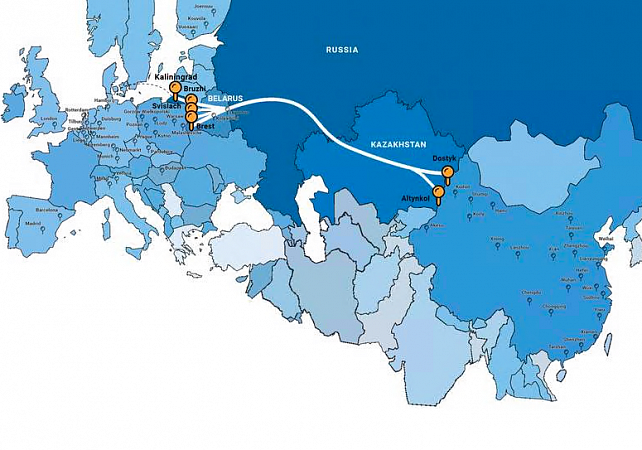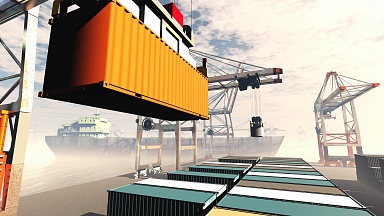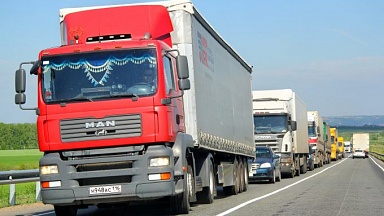Container transport services by rail between Asia and Europe are returning to normal. Bottlenecks for Chinese goods destined for European markets, prompted by reactions to the outbreak of Covid-19, are soon expected to be a feature of the past. In the meantime the multinational railfreight operator UTLC Eurasian Rail Alliance (UTLC Era) has reported an increase in bookings for its container transport capacities.
The situation concerning the spread of Covid-19 has stabilised in China and the country’s economy is slowly returning to normal operations; this also enables freight transport between China and Europe to become more regular again. The railfreight operator UTLC Era manages services along the New Silk Road’s entire 1,520 mm broad-gauge supply chain. On average its consignments cover approximately 1,100 km a day, which means that container trains cover the stretch from China’s western border to the European frontiers in less than five days.
Even in January and February this year, UTLC Era’s transport volumes rose by approximately 12% in comparison with the like-for-like period of 2019, coming to a total of 47,000 teu.
The overall volume of loaded containers transported to Europe grew by 22% to 27,400 teu, whilst the volume of loaded boxes travelling from Europe to China grew by 63%, to a total of around 12,300 teu. This means that the number of empty containers sent from Europe to China has been substantially reduced — something of a club foot for the services, on account of a lack of paired goods flows.
According to UTLC Era, it has operated more than 550 box trains on the route linking Europe and China since the beginning of this year. The number of bookings made has again risen since around the end of February and the beginning of March.



